Have you ever gone somewhere not knowing what to expect, then being blown away by what you experience? Bandelier National Monument was an incredible surprise for us in that very way! The Ancestral Pueblo people lived in parts of what are now New Mexico, Arizona, Colorado and Utah. In Bandelier, by the mid-1200s there were about thousands of settlements with some villages including as many as 40 rooms, but these villages became fewer and larger over the ensuing years. Today, there are many cliff dwellings and petroglyphs to see in Bandelier–with many of the dwellings still showing signs of fires being burned inside to keep everyone warm, or to cook food.



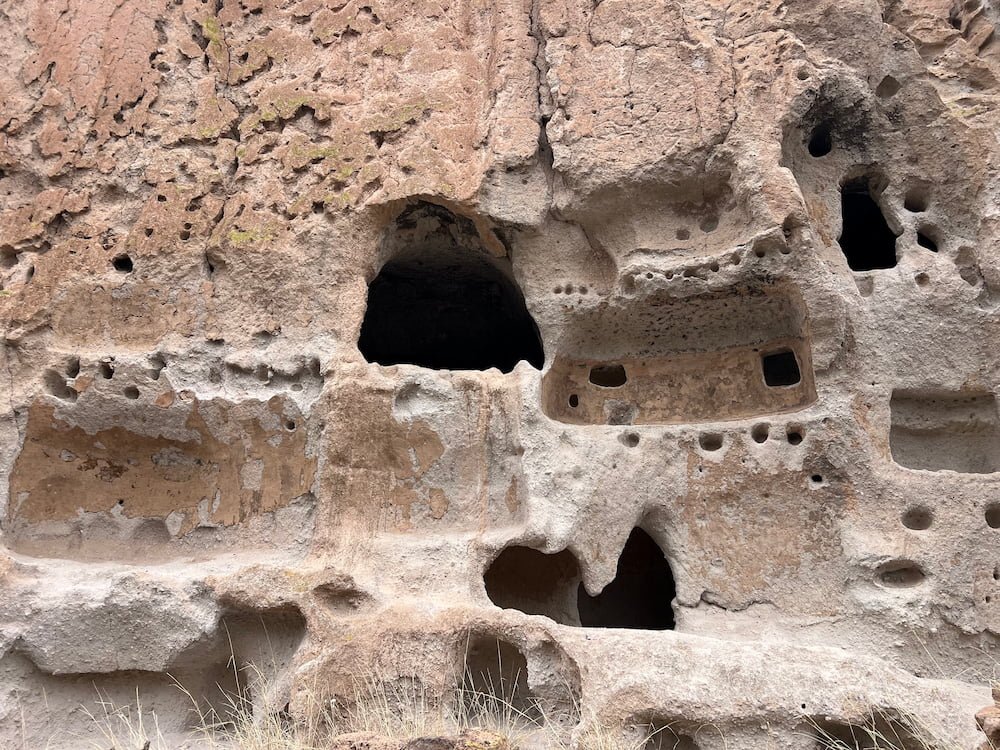

There are ladders in certain areas of the rocks so that you can climb up to see more about how the Ancestral Pueblo people lived, with the most significant dwelling being Alcove House, which is located 42 meters (140 feet) the floor of Frijoles canyon. To get to the top, there are 4 wooden ladders, some stairs and fairly narrow walkways, so it can take a while to get up and down as people have to be considerate of each other and sometimes let folks go up first before you go down, and vice versa. It’s also remarkable to imagine what it would have been like centuries ago to scurry up and down the ladders! At the top, there’s not only a stunning view of the canyon below, but also a kiva (sacred area used for religious ceremonies, social gatherings and political meetings).
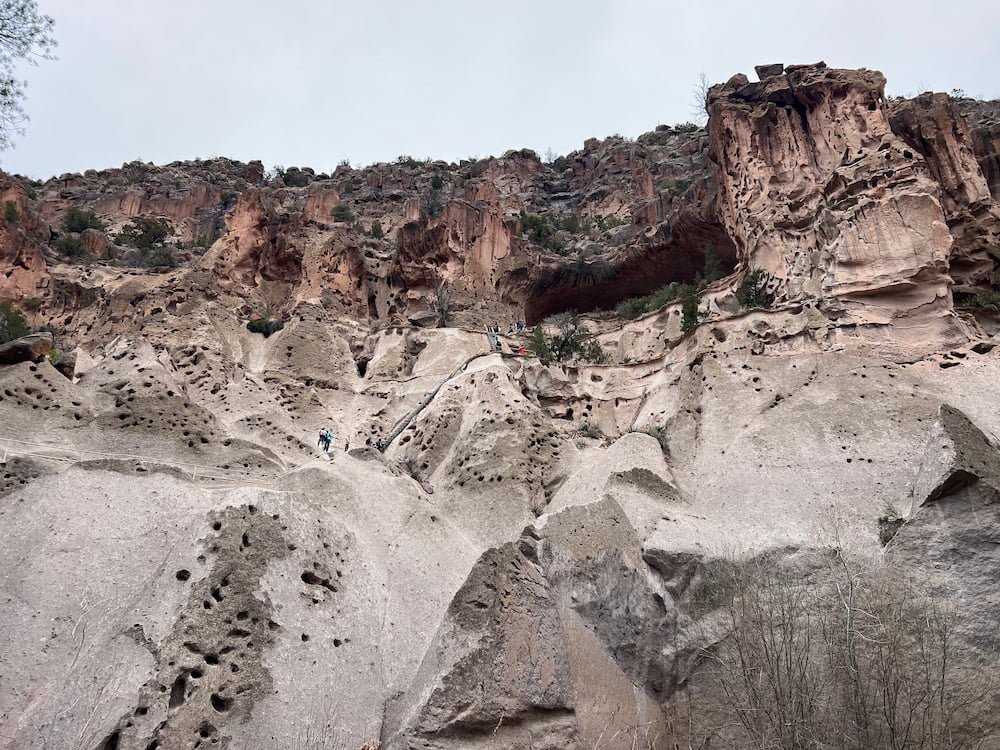



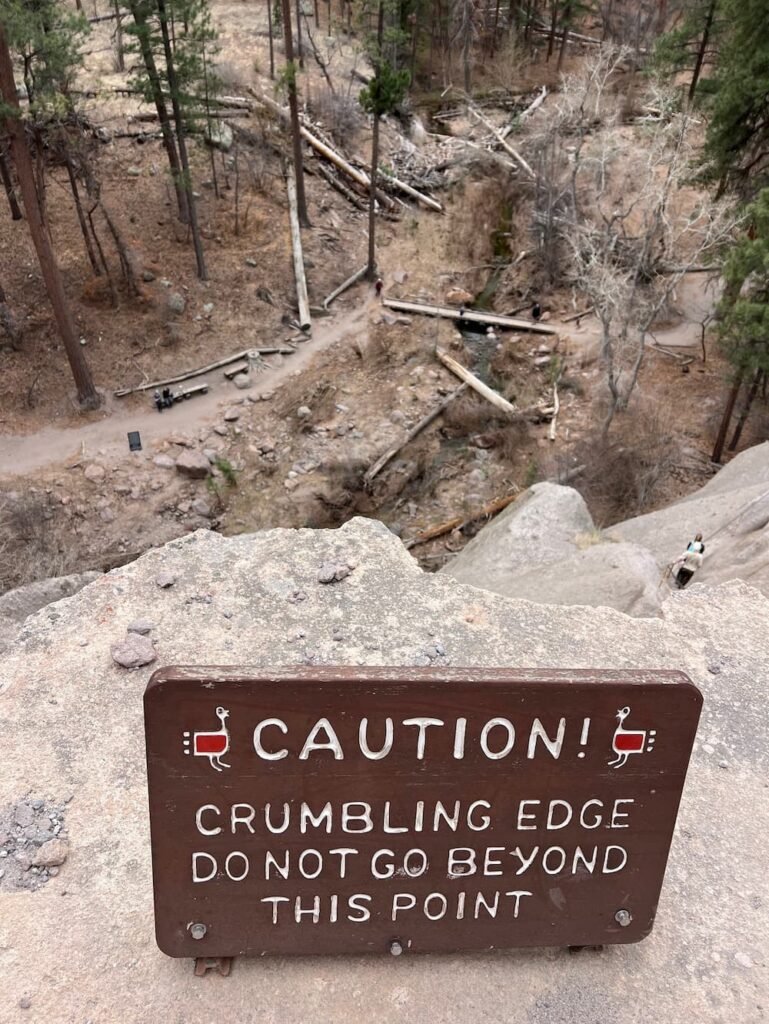
Los Alamos: The Birthplace of the Atomic Bomb
Our next stop was about 30 minutes away, to the town of Los Alamos, known for its role in developing and creating the atomic bomb during World War II. The Manhattan Project was a top-secret World War II program led by the U.S., with help from the UK and Canada, to develop the first nuclear weapons. J. Robert Oppenheimer (now even more famous after the Hollywood movie) led bomb design at Los Alamos. The project employed 130,000 people and cost nearly $2 billion (about $27 billion today). The result of the project were the atomic bombs dropped on Hiroshima and Nagasaki in Japan, in August 1945.



Unfortunately as we were there on a Sunday, the Los Alamos History Museum was closed, but the Bradbury Science Museum was open (hurray)! While it seemed small when we entered (everything is on the one floor), it was absolutely jam-packed with information about the Lab’s beginnings during the Manhattan Project, and the Lab’s continuing work focused on global security. So even though we missed out on the History Museum, we felt that a lot was covered at the science museum. There was so much information about defense and tech research projects, nuclear weapons, supercomputers, space, algae biofuels and more, which was all fascinating but a bit of information overload by the end!
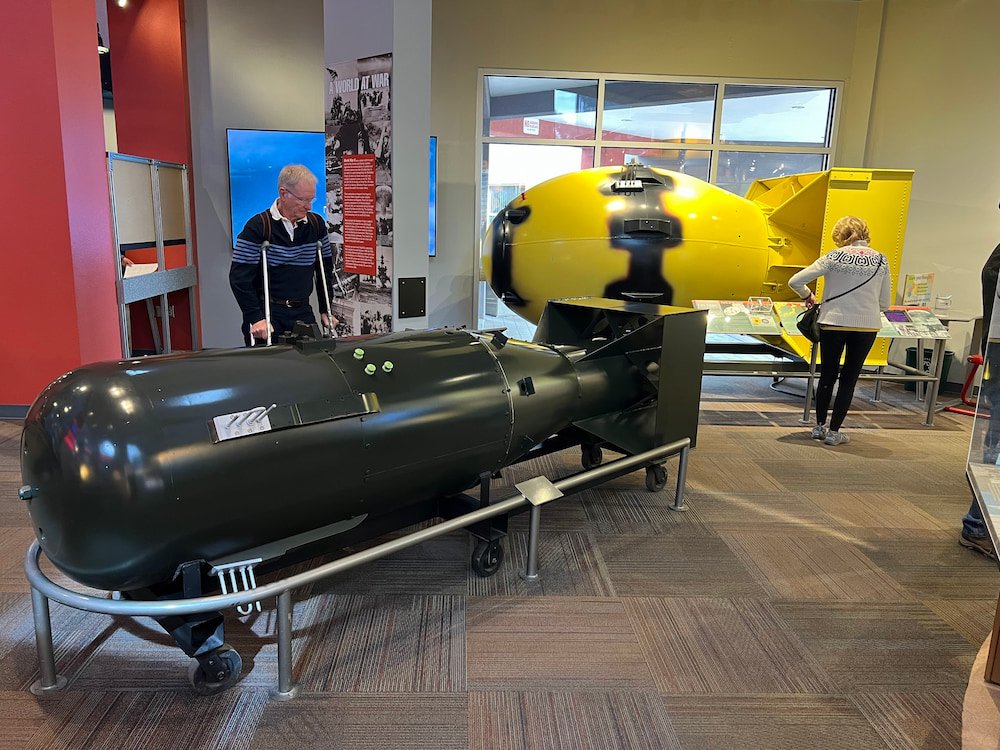
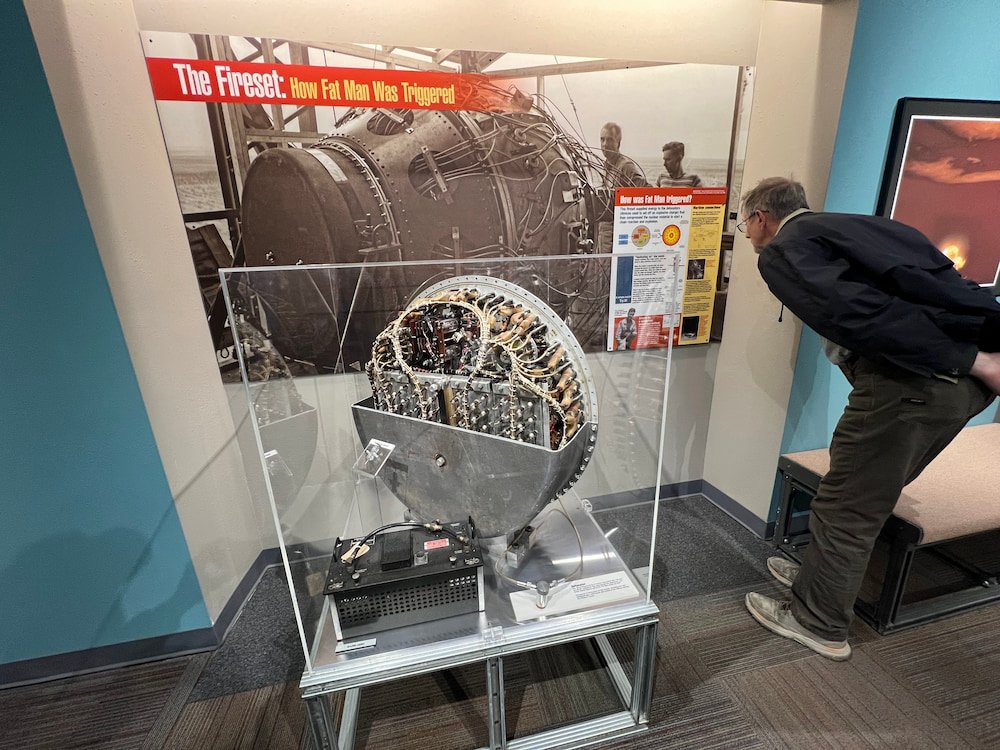
We’d included in our plans to visit Puye Cliff Dwellings, the ruins of an abandoned pueblo, but it was closed and we decided that we’d continue on to the town of Española, known as being the lowrider capital of the world. We stayed at yet another casino, but it did seem rather sketchy, based on the folks aimlessly hanging around. However, there was a section of the parking lot that looked like it was designed for oversized vehicles with a flat space for us to fit into perfectly. We were the only oversized vehicles here, so we parked here and called it a day.
Route Map
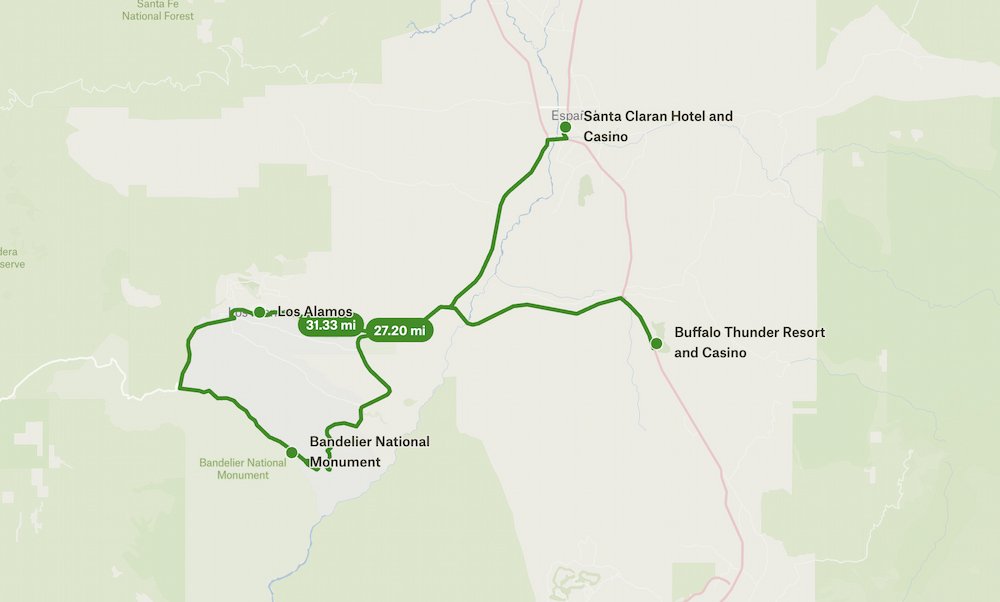


I lived in Albuquerque for a few years and love the scenery, weather and general feeling of New Mexico - I'm so glad you got to enjoy it! Hope you enjoyed lots of great food and if you have the chance someday, the Balloon Fiesta is simply amazing...